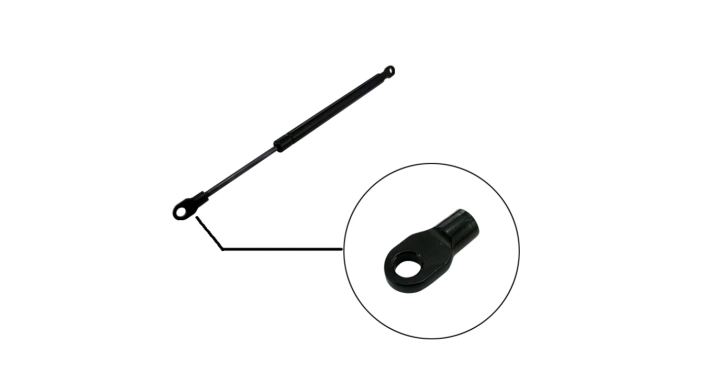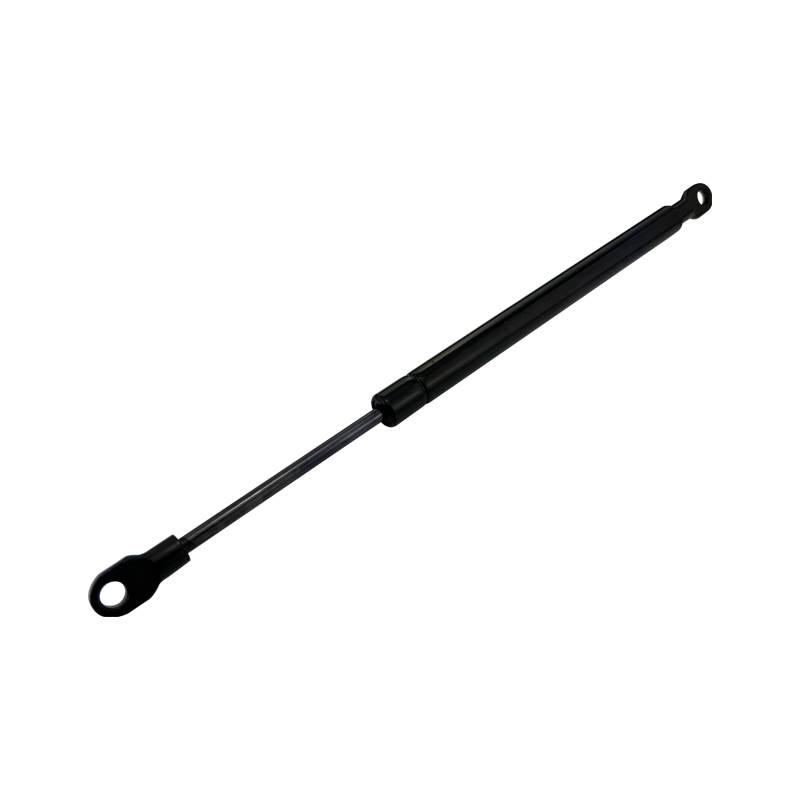Gas springs, also known as gas struts or gas lift supports, are essential components in modern automotive design, particularly for trunk lids. These devices utilize compressed gas to provide controlled force and motion, enhancing both functionality and user experience in vehicles.
Types of Gas Springs
Free Gas Springs: These are the most basic type, providing a push or pull motion depending on the design. They are commonly used in automotive applications for lifting trunk lids.
Self-Locking Gas Springs: These incorporate a locking mechanism to hold the trunk lid in place without external support, enhancing safety and precision.
Traction Gas Springs: Unlike compression springs, these exert a pulling force, suitable for applications requiring controlled retraction.
Key Features and Benefits
Controlled Motion: Gas springs offer smooth and consistent force throughout their range of motion, making it easy to open and close trunk lids effortlessly.
Adjustable Force: The force exerted by gas springs can be adjusted to meet specific requirements, allowing customization of the opening and closing speed of trunk lids.
Compact Design: Their compact construction allows easy integration into various vehicle designs without compromising aesthetics or space.
Low Maintenance: Gas springs typically require minimal maintenance, contributing to their cost-effectiveness over time.
Other Applications of Gas Springs in the Automotive Industry
Gas springs are versatile components widely used in the automotive industry to enhance the functionality and convenience of various vehicle parts. Gas springs are widely used in various automotive applications beyond trunk lids:
Trunk Lids and Hoods: Gas springs are commonly used to support and control the opening and closing of trunk lids and hoods. They provide a smooth operation, preventing sudden closure due to gravity, which enhances safety and user convenience.
Tailgates: In SUVs and hatchbacks, gas springs assist in the effortless opening and closing of tailgates, allowing easy access to the cargo area.
Convertible Tops: Gas springs facilitate the raising and lowering of convertible tops, ensuring a seamless and comfortable operation for users.
Doors and Windows: Some advanced automotive systems use gas springs to control the opening and closing of doors and windows, providing smoother operation.
Seat Adjustment: Gas springs are integral in car seat adjustment systems, allowing for smooth multi-directional adjustments of seat backs and heights, improving driver comfort and visibility.
Pedal and Steering Wheel Adjustment: They enable adjustments in pedal positions and steering wheel angles, catering to drivers of different heights for better ergonomics.
Sun Visors and Sunroofs: Gas springs ensure smooth deployment and retraction of sun visors and assist in the opening and closing of sunroofs.
Rear Wings: In high-performance vehicles, gas springs are used to adjust rear wings for enhanced aerodynamic performance.
These applications highlight the importance of gas springs in enhancing vehicle safety, convenience, and functionality. As technology advances, innovations such as smart gas springs with real-time monitoring capabilities are expected to further improve their performance across various automotive applications.
Conclusion
Automotive gas springs for trunk lids play a crucial role in enhancing vehicle functionality and user convenience. With ongoing innovations such as smart technology integration and lightweight designs, these components will continue to evolve, offering improved performance and sustainability. For automotive engineers and designers, understanding the types and applications of gas springs is essential for selecting the right solution that meets specific vehicle requirements.
Manywell is one of the gas spring manufacturers, we can provide you with standard parts or customized services according to your requirements, please feel free to contact us if necessary.

